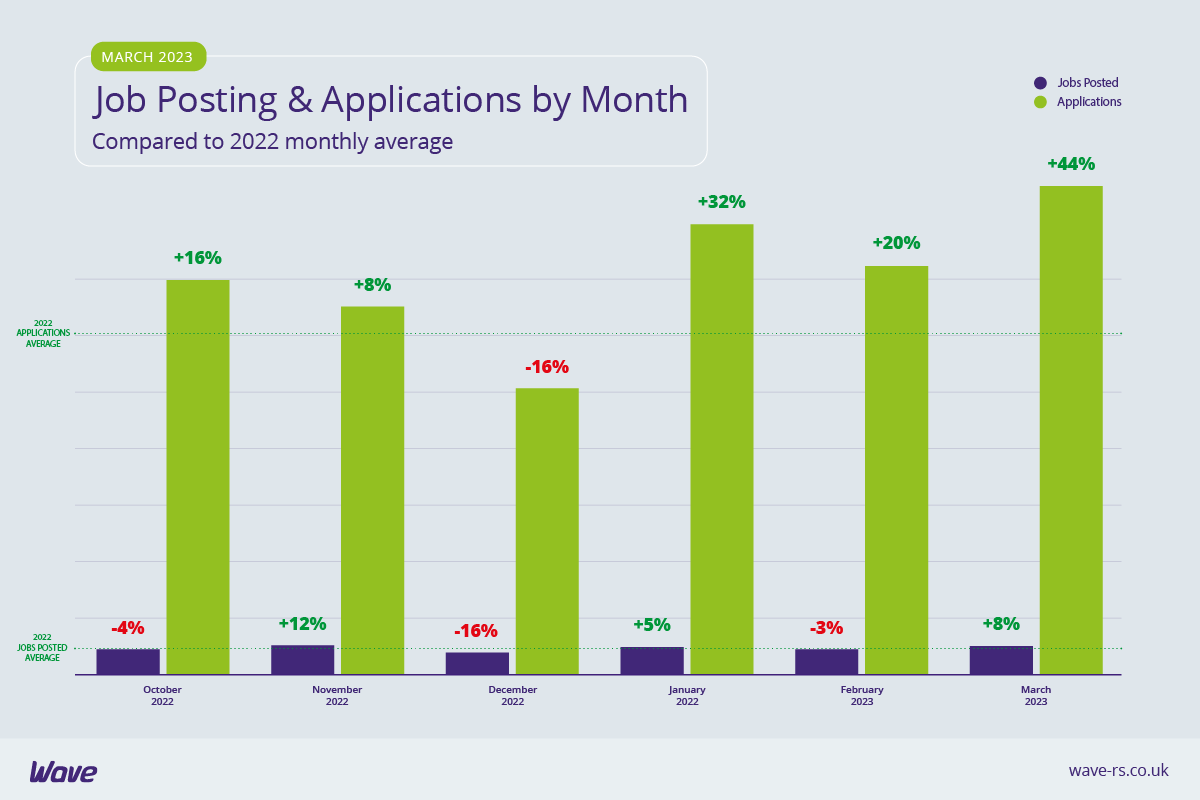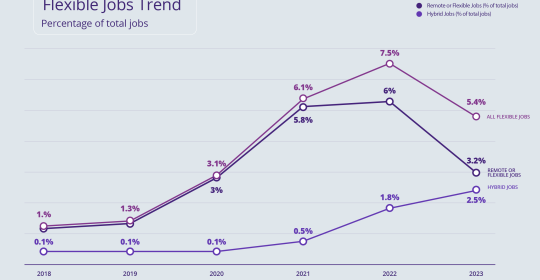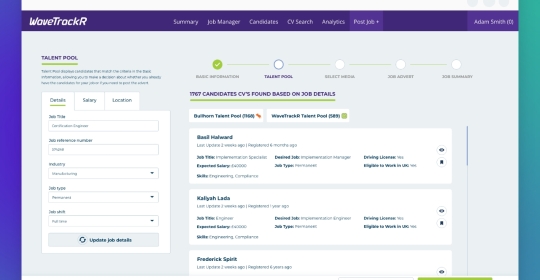After the downwards turn that both jobs and applications took in February, data from the Wave March 2023 Recruitment Trends Report is extremely positive. There were rises in both jobs and applications, with a particularly significant rise of 20% in applications, taking them to the highest levels we’ve seen in over a year. The increase in jobs was less dramatic but they were higher than they’ve been since November. As the general trajectory for jobs has been south for months now, this is welcome news.
An uptick in activity in March
At a huge 44% over the 2022 monthly average, March saw the highest levels of applications in well over a year. Jobs were 8% over the 2022 monthly average, making them the highest they’ve been since November. With the boost in applications greater than the rise in jobs, the average application per job number has also increased, from 16 in February to 17 in March. Why have we seen such an increase in the pace of activity? January and February are often busy, propelled by the ‘new year, new career’ mentality and an eagerness by businesses to hit the new year running. In recent years, there has also been a trend for increased activity in the recruitment industry in March.
The Wave Recruitment Trends Report for 2023 shows that March 2022 saw the highest levels of job posts all year and the joint-second highest applications. Whether it’s to do with the financial year coming to a close (and the beginning of a new one, with refreshed budgets, approaching), the advent of spring leading people to want to start afresh, or the lack of holidays meaning there are fewer distractions, March can often be a very active month for recruiters. This March, it’s possible that the budget (although far from solving the UK skills shortage) has played a role in increasing candidate activity. Containing a raft of measures designed to remove barriers to working, with the goal of helping people into or back to work, it may have motivated more people to apply for jobs.
IT & Internet continues to dominate jobs and applications
IT & Internet continues its long-standing reign as the industry posting the largest percentage of jobs and in March it also received the greatest share of applications, overtaking Manufacturing which took the top spot in February. In an increasingly digital world, with AI a huge talking point, and at a time when businesses across the globe are investing in departments whose sole role is to implement digitalisation processes, IT & Internet boomed. As of the end of 2022, the UK’s tech sector is number one in Europe and number three in the world, behind only the US and China, according to figures in a report by Tech Nation and Dealroom. With tech innovation and adoption accelerating, the industry’s domination of the jobs market is likely to continue for years.
No great change in industries with high levels of jobs or applications
Not a huge amount has changed from February to March in terms of the industries that posted the most jobs and those that received the most applications in March. As already mentioned, IT & Internet dominates both for jobs and applications, with Education and Manufacturing also posting large volumes of jobs and appearing in the top 5 for applications. Health & Nursing and Public Sector & Services, on the other hand, both posted high percentages of jobs but didn’t receive equivalent levels of applications. The opposite is true of Secretarial, PAs & Admin (which, at 29, received one of the highest average numbers of applications per job in March) and Engineering & Utilities, which received high levels of applications but didn’t post similarly high levels of jobs.
Insurance experiencing high application per job numbers
Insurance received an average of 35 applications per job in March - higher than any other industry. We’ve mentioned the heightened importance of job security in turbulent times in previous reports and articles and this could be a classic example of that. During a financial downturn, Insurance is seen as more stable than other industries as, whatever the health of the economy, people and businesses always need protection from risks. Finance, another industry with perceived job stability and security, received the fourth highest average application per job numbers (27). Another industry of note to experience high volumes of applications per job is Transport & Logistics, which suffered from acute skills shortages in late 2021, hugely affecting not just the industry but the entire supply chain.
Property and Construction affected by low application per job numbers
Property has yet again received amongst the lowest average application per job numbers, likely due in part to UK house prices falling at their fastest rate since the 2009 financial crisis and activity in the housing market remaining subdued since Liz Truss’ mini-budget. As Property and Construction are intrinsically linked, it is unsurprising that this is also having a knock-on effect on Construction.
Niche job board continue to provide high average numbers of applications per job
The three job boards receiving the highest average numbers of applications per job in March were all niche - Jobserve, Caterer and Secs in the City. Their numbers were double or even triple the numbers of the second two highest generalist job boards, Reed and CV Library (both of whom received an average of 8 applications per job). With an average of 20 applications per job, Totaljobs received the highest numbers for generalist job boards.
Shift job posting to earlier in the week
The majority of jobs in March were posted on Fridays, a day which typically sees far less candidate activity than earlier in the week. Candidates are no longer applying for jobs at the weekends - most applications were received on Wednesdays, meaning a huge number of jobs were posted five whole days before the day on which candidates are most active.
Pair that with data from the Wave Recruitment Trends Report for 2023, which shows that most applications for weekly listings are received within 24 hours of the job being posted and within 48 hours for monthly listings, and you can see why it’s so important to post on days that candidates are active. For both, applications begin to drop off quickly with each passing day. Job board algorithms prioritise newness so your job will fall lower in the search the more time that passes after posting. By posting a job 5 days before the majority of candidates are actively searching for jobs, you will be missing out on applications.








